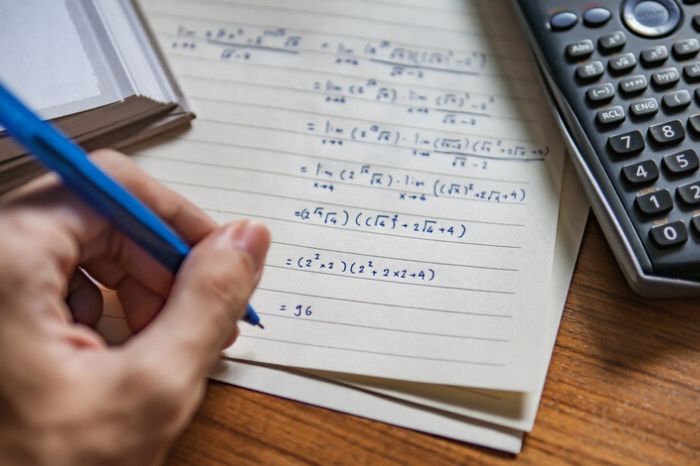Simple strategies for improving maths marks.

Many students are better at Math than their grades indicate, and this can be quite frustrating and upsetting for many students. They study hard and enter exams feeling quietly confident. However, they are frequently disappointed by their final grade and don’t know what they need to do to improve.
By adopting some simple strategies, a student’s math grades can be improved by one, or even two, grades!
Some students often feel that there are questions on topics not covered in the classroom and complain to their parents that “the teacher didn’t teach us that” or “we never did that in class.” This suggests that the student’s approach to revision and study is focused on memorizing steps to be reproduced on the paper. This is a ‘procedural” approach to problem solving and indicates a lack of “conceptual” understanding. Therefore, when presented with a problem that is worded differently, or combines concepts differently, the student cannot recall a procedure that fits the problem and therefore feels that they were never taught this. This procedural approach to problem solving must be changed to a conceptual approach for the student to increase their math grades. But how is this achieved? Firstly, a student must clearly understand the difference between the two approaches and identify which approach they are using for a problem. Then they must try to focus on the concepts only and solve problems by applying mathematical reasoning correctly, even if they feel the steps are different to what they learnt in class. Students must be patient and persistent in trying to correct their approach as they would if trying to break a bad habit and create a good one.
Another issue is the lack of working associated with a problem. When a student begins an exam, they are already anxious and concerned about time. They may tend to cut corners to complete all questions on the paper. However, this is likely to be the worst possible thing a student can do. By slowing down and showing all working, more marks will be achieved for each completed question. For example, a rushed exam paper which details very little working may receive a grade of 25/60. However, if only 40 marks of the paper are attempted but these questions are fully completed with working, then it is possible for the student to receive 35/40 which translates to 45/60! It’s a simple strategy but it makes sense. The same applies to multiple choice questions. Typically, students will work out answers in their head, increasing the chance of making mistakes.
Associated with this is the lack of attention paid to the number of marks a question is worth and failing to read the question correctly. In general, if a question is worth 4 marks, then there should be 4 main lines of working clearly demonstrating 4 main steps. This is an important clue that indicates to the student how much working needs to be shown. An answer alone will only get 1 mark. Also, attention should be paid to the words within the question as not only are these indicating what needs to be done i.e. solve, evaluate etc., but the words are also clues as to what topic the question is on. An end of semester exam could be on 5 topics and students must firstly understand what specific topic that question relates to.
Lastly, some students study by simply reading over their notes and trying to remember procedures. Instead, they should focus on memorizing rules and equations and practice their ability to solve problems by completing as many questions as possible from revision papers. Here the focus should be on solving problems from a variety of topics rather than just focusing on one topic. This will encourage demonstration of conceptual understanding. Adding to this, a student can then attempt practice papers under timed conditions when revising to “desensitize” them to exam anxiety. This also enables them to practice all the above strategies within the one practice exam.
As a student becomes more comfortable with these strategies only then should they begin to increase their rate of work and complete more questions on a paper.




 0432 221 995
0432 221 995